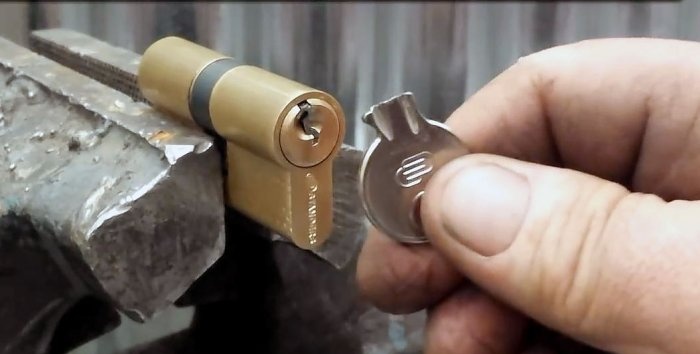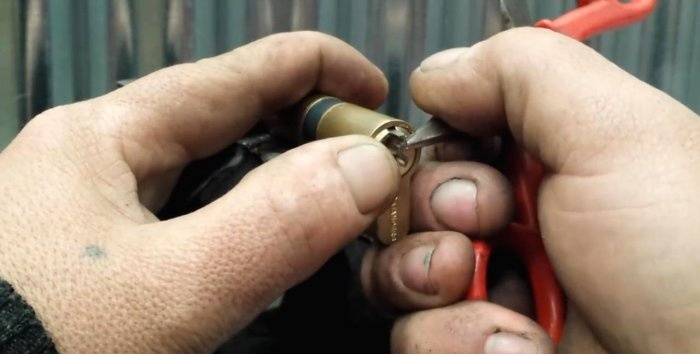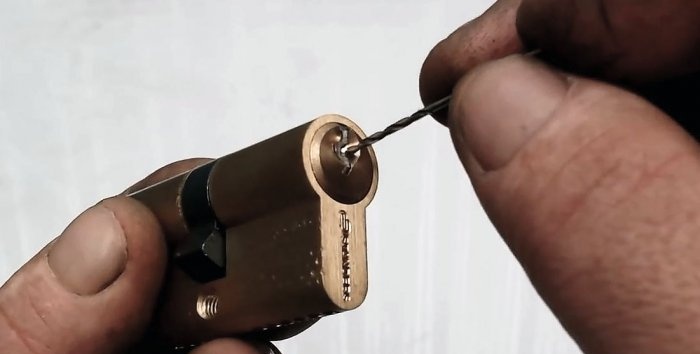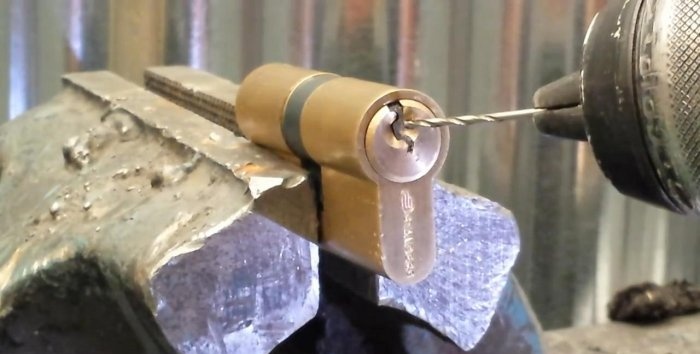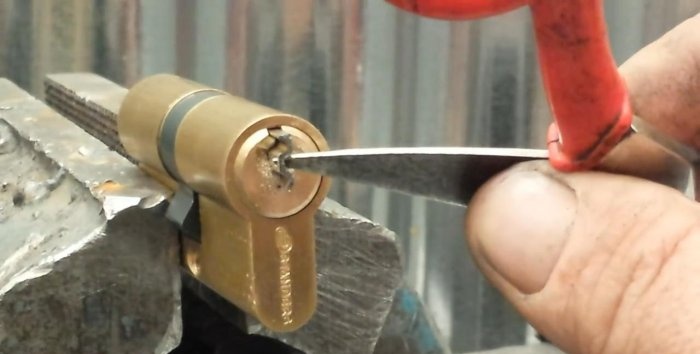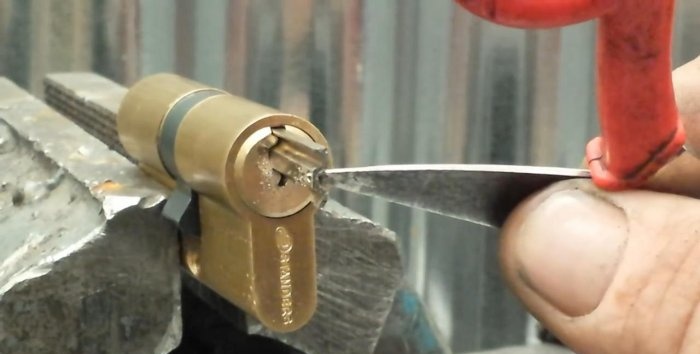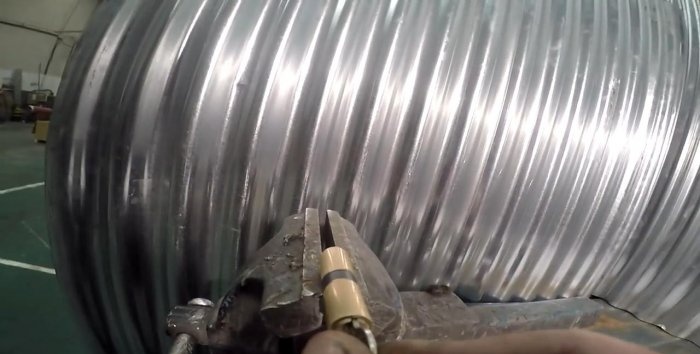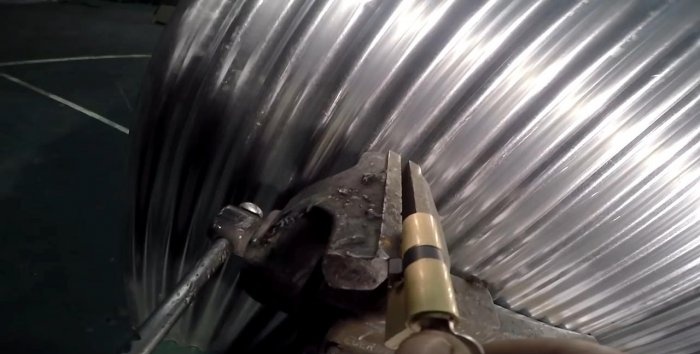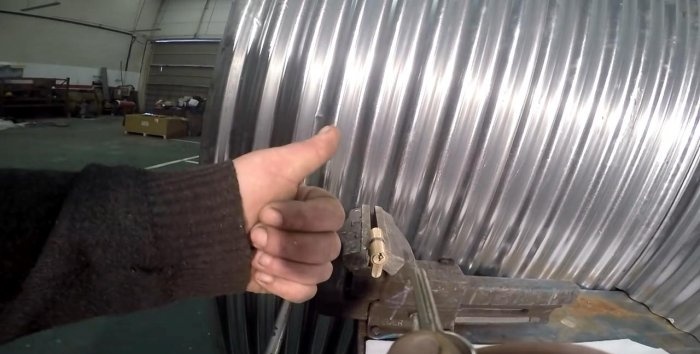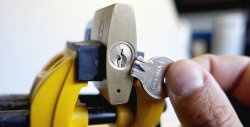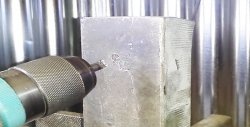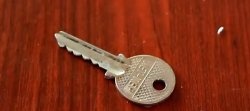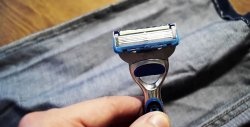There are many times in life when failure takes you by surprise. And basically, a person is not ready for it. For example, it just so happened that the key in the lock broke off and a piece remained inside the lock cylinder. What to do? Well, naturally, if the fragment sticks out enough to catch it with pliers with thin jaws, then everything is clear: we hook it by the tip and pull it out. What if the key breaks and the piece doesn’t stick out?
I will show you two reliable ways to remove a broken key, leaving the lock completely working after all the manipulations.
Removing the key piece from the lock
Before proceeding directly to extraction, it is imperative to position the key groove exactly vertically, since if the movable cylinder of the cylinder is not vertical, the key will be impossible to remove.
Method one: scissors
As a rule, a stuck fragment can be picked out with the tip of a pair of scissors. Scissors are easy to get, their ends are always sharp in most cases. Therefore, we insert the tip into the recess and create a force on the fragment and in the direction of its extraction we try to pull out this fragment.
In thirty percent of cases, this method works, of course it all depends on how the key was broken.
In this case, I clearly show that everything worked out, although I still had to tinker.
Scissors are just an example as they are easier to find. In general, an awl, a sharp knife and other items will do.
Method two: drilling a groove
Now we move on to a complex method, but more effective.
The theory is this: in close proximity to the fragment it is necessary to drill a groove with a thin drill (1.5-2 mm). To do this, parallel to the key, you need to drill a hole to a depth of approximately 2 mm. Then drill a hole from the side, turning it into a groove. And then, at the same time, drill the key fragment itself, for a better grip.
So let's get started. It is better to do this with a cordless screwdriver. We drill a hole at a distance of approximately 1 mm from the groove and to a depth of approximately 1.5-2 mm.
Next, turn the drill at an angle and drill obliquely.
You need to be especially careful here, as the drill can easily be broken. Especially if it accidentally comes off. Under no circumstances should you rush.
If the groove is level, drill a piece of the key.
Well, then we take scissors and remove the fragment without any extra effort.
The tip fits perfectly into both the groove and the hole in the key.
We got this stub.
Checking the operation of the larva
Now, let's check the larva for performance. Insert another key and turn.
First in one direction, then in the other direction.
The lock is completely intact.
Now you need to determine the reasons why the key broke and eliminate them.
And in order not to encounter such problems, you need to lubricate all parts of the lock more often and make sure that everything works without jamming.
